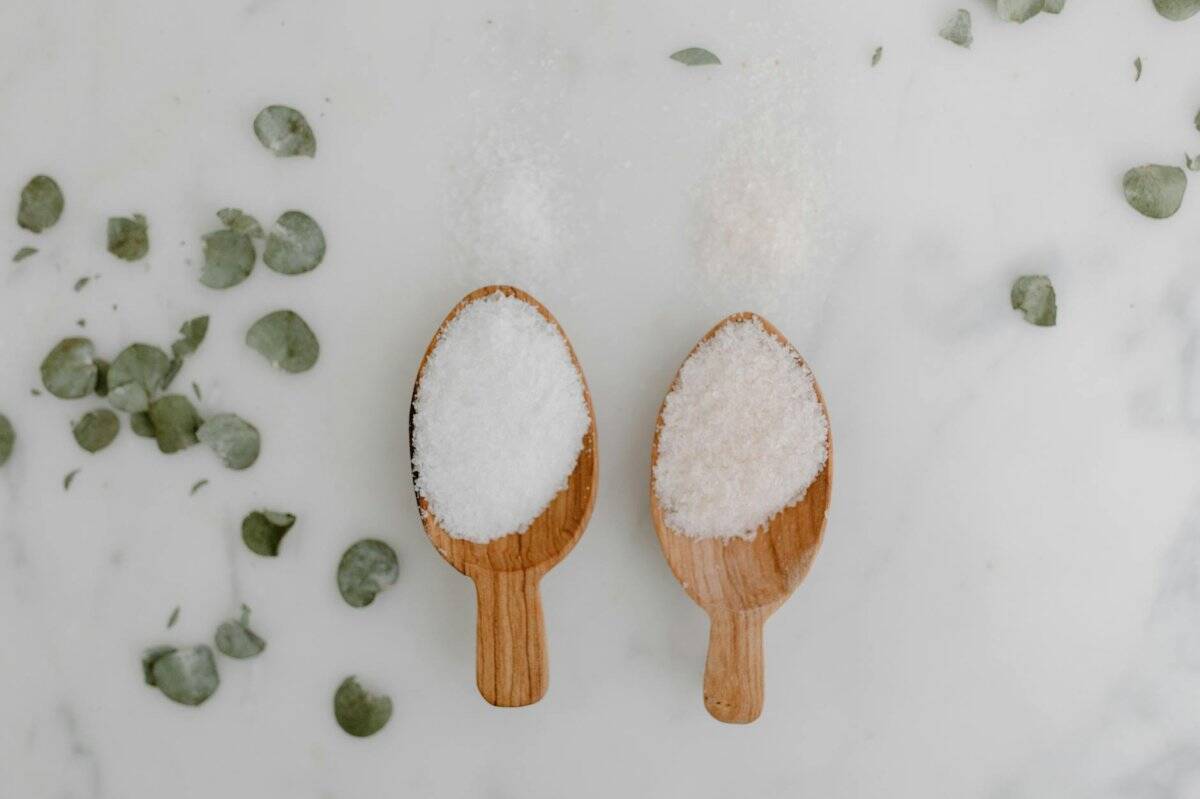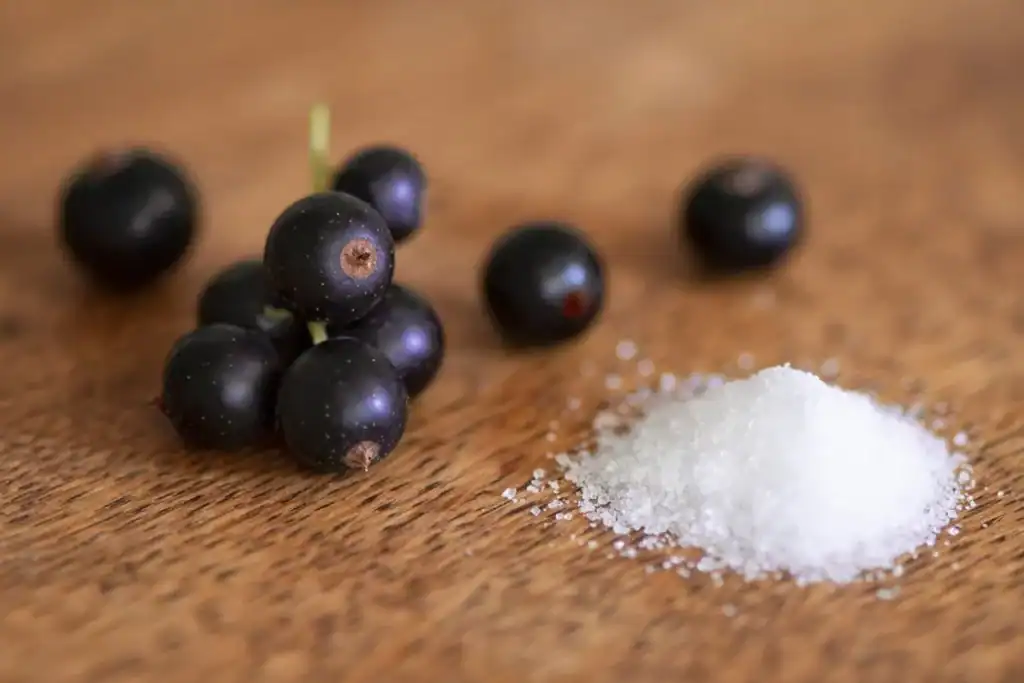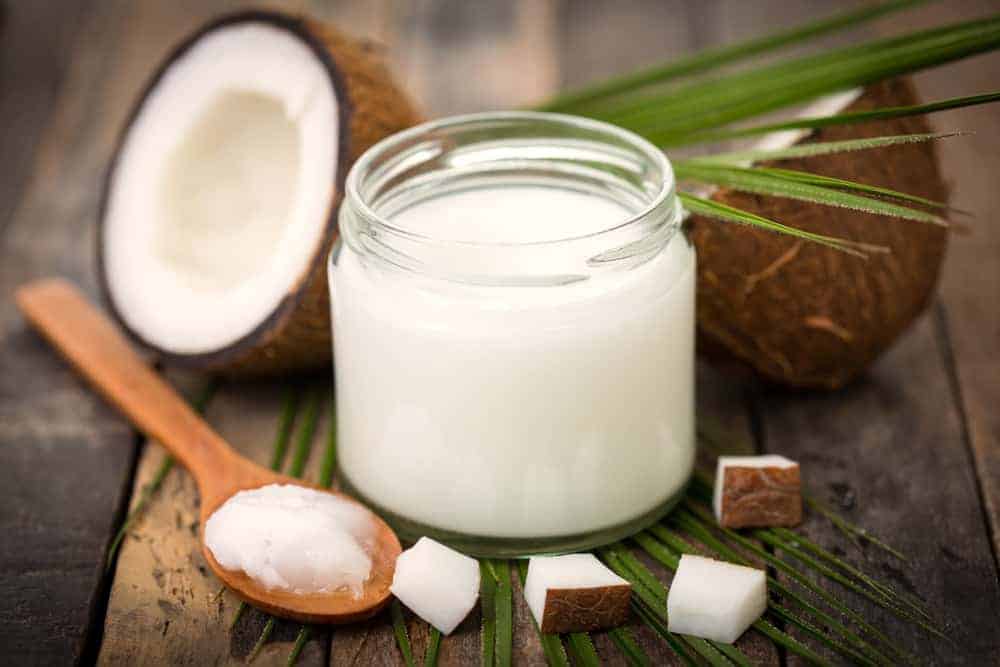6 Different Kinds of Salt and How to Use Them
Salt is an essential ingredient in every kitchen, enhancing flavors, preserving food, and even playing a crucial role in baking. However, not all salts are created equal; each variety offers its own distinct texture, taste, and culinary purpose. From coarse crystals that add crunch to finishing salts that elevate dishes with subtle sophistication, understanding the differences can significantly improve your cooking. In this article, we’ll explore six popular types of salt, highlighting their unique characteristics and providing practical tips to help you select the perfect salt for any culinary adventure.
1. Table Salt

Table salt is the most common and widely used salt in kitchens around the world. Highly refined and finely ground, it undergoes extensive processing to remove impurities and minerals, resulting in uniform, tiny crystals that dissolve rapidly. Often fortified with iodine, table salt helps prevent iodine deficiency—a major public health concern in many regions. Thanks to its fine texture, table salt is ideal for everyday cooking, seasoning dishes evenly, and baking recipes that require precise measurements. However, its intense saltiness and lack of complexity mean it doesn’t offer the nuanced flavors found in sea salts or specialty finishing salts.
2. Sea Salt

Harvested through the evaporation of seawater, sea salt retains natural minerals that give it a distinctive flavor and texture. Unlike table salt, it undergoes minimal processing, preserving a coarse, grainy texture and subtle mineral-rich taste. Its mild brininess and crunchy texture make sea salt ideal for finishing dishes—sprinkled over grilled meats, roasted vegetables, or freshly baked bread to enhance their natural flavors. It also excels in desserts, where a pinch can balance sweetness and add depth, as seen in salted caramel or chocolate dishes. Sea salt’s unique characteristics allow it to elevate dishes beyond mere seasoning, offering sensory delight with every bite.
3. Himalayan Pink Salt

Mined from ancient salt deposits deep within the Himalayan Mountains, Himalayan pink salt is renowned for its striking pink hue—a result of trace minerals like magnesium, potassium, and iron. These minerals not only impart the salt’s unique color but also add subtle complexity to its flavor profile. In the kitchen, its coarse grains are perfect for seasoning meats and vegetables, while finely ground versions can enhance sauces and dressings. Beyond culinary uses, Himalayan pink salt blocks have become popular for serving and cooking, adding an impressive visual element to dining experiences. Its beauty and versatility set it apart from ordinary salts, making it a favorite among gourmet chefs and home cooks alike.
4. Kosher Salt

Kosher salt is prized in professional kitchens for its large, coarse grains and pure, clean taste. Its name originates from its use in the koshering process, as the coarse crystals effectively draw moisture from meat. Chefs appreciate kosher salt for its ease of handling; the large crystals are easy to pinch and sprinkle, providing precise control over seasoning. Its texture allows it to adhere well to food surfaces, making it ideal for seasoning meats before grilling or roasting, and for curing or brining applications. Compared to finer salts like table salt, kosher salt dissolves more slowly, offering a gentler integration of flavor.
5. Fleur de Sel

Literally translated as “flower of salt,” fleur de sel is a premium, hand-harvested salt prized for its delicate crystals and nuanced flavor. Collected carefully from the surface of shallow salt ponds, this specialty salt forms only under perfect weather conditions, making it rare and highly valued by chefs and connoisseurs alike. With a subtle, briny taste and lightly crunchy texture, fleur de sel excels as a finishing salt—sprinkled sparingly over dishes just before serving. It enhances seafood, salads, chocolates, and even caramel desserts, providing a sophisticated touch unmatched by other salts. Its artisanal harvesting and gourmet status set it apart from coarser, everyday varieties.
6. Black Salt (Kala Namak)

Originating from volcanic regions in South Asia, black salt—known locally as kala namak—is famous for its distinctive sulfurous aroma and savory, egg-like flavor. Its unique taste comes from the presence of sulfur compounds, making it particularly popular in vegan cuisine to mimic eggs in dishes such as tofu scrambles, vegan omelets, and plant-based mayonnaise. Widely used in South Asian cooking, black salt enhances chutneys, chaats, and refreshing beverages like Indian lemonade (nimbu pani). Unlike regular table salt or sea salt, kala namak offers a bold, aromatic punch, adding depth and complexity to recipes where traditional salts fall short.
Conclusion

From everyday table salt to gourmet fleur de sel, the variety of salts available can transform ordinary dishes into culinary masterpieces. Each type of salt, with its unique texture, flavor profile, and culinary purpose, offers an opportunity to enhance your cooking and elevate your dining experience. By exploring the nuances of sea salt, Himalayan pink salt, kosher salt, and the distinctive kala namak, you’ll discover new layers of flavor and creativity in your kitchen. Don’t hesitate to experiment—embrace the diversity of salts, and you’ll soon understand how choosing the right salt can make all the difference.
.article-content-img img { width: 100% }




